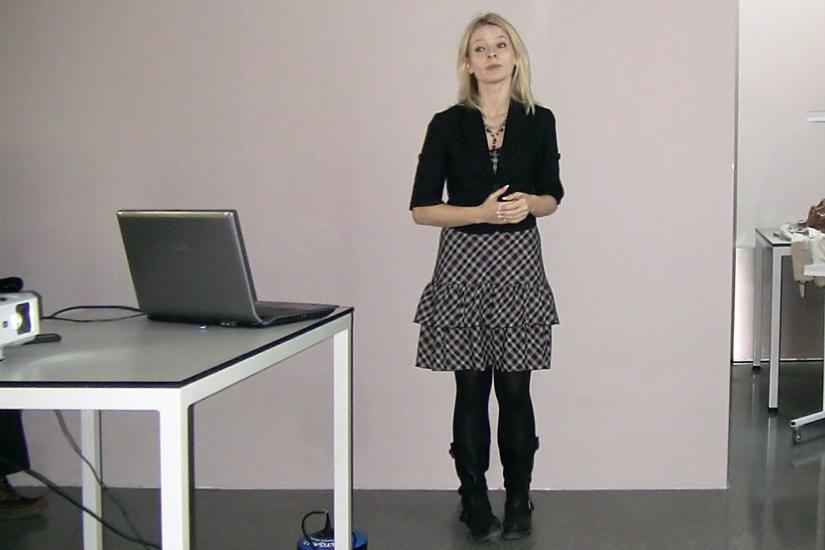
This colloquium talk is planned as an in-person event. Registration by email is only required for non-CEU members. Please check the COVID safety rules here to enter the building.
ABSTRACT
My aim in this paper is to explore the nature of strong positive attachments that viewers develop toward certain works of art, those they consider their favorite ones. Keeping my focus on narrative art and relying on contemporary research in (i) aesthetic taste (ii) intelligible beauty and (iii) love and commitment, I develop an account of what it means to care for a certain work or a body of works by a certain author, where such caring is not necessarily and is not solely triggered by work’s artistic and aesthetic values and does not track artistic excellence. As an addendum, I use my account to show that (i) the emotions triggered by art are not separated or autonomous from the emotions we feel in our non-artistic encounters and that (ii) we cannot explain the nature of our engagement with novels, movies or TV series by invoking the notion of disinterestedness. On the contrary, I argue, our aesthetic engagements with works we love are deeply personal and subjective, related to the core of our identity and imbued with our cognitive interests, moral concerns and affective ties.
My starting point is the empirical observation that we often have our favorite works of art, whether it be novels, poems, theater plays, films, or TV series, and that we care deeply for these works, independently on the artistic excellence they exhibit. We are committed to them, “hooked”, as Rita Felski recently put it, we love them, “truly, madly deeply” as Hans Maes describes it; we often revisit them, and we take it personally when others do not share our views. Relying on the insights from the philosophy of love, primarily the idea that love arises out of recognition of something as valuable, and that it represents the objects of love as unique and irreplaceable, I develop an account of the nature of our attachments to our favorite works of art. At the core of my proposal is the claim that there is more to our engagements with our favorite works of art than an interest in what will happen (with the characters and plot lines), or an aesthetic satisfaction triggered by work’s artistic features. On my suggestion, what is at stake is that we care for the work and feel rewarded for such caring, where such reward incorporates a cognitive and/or hedonic payoff provided by the work’s subject/theme nexus, and by the aesthetic/artistic satisfaction obtained when we consider the work as an artistic achievement.